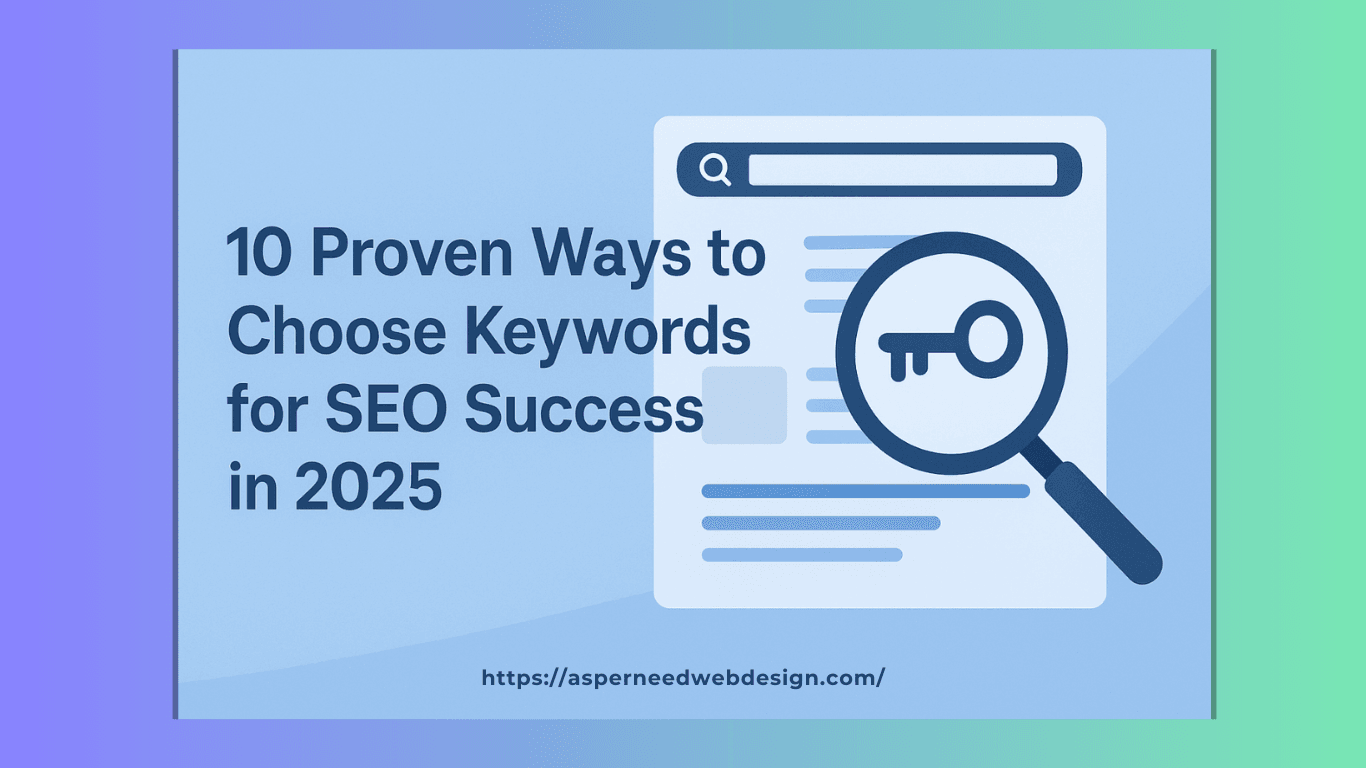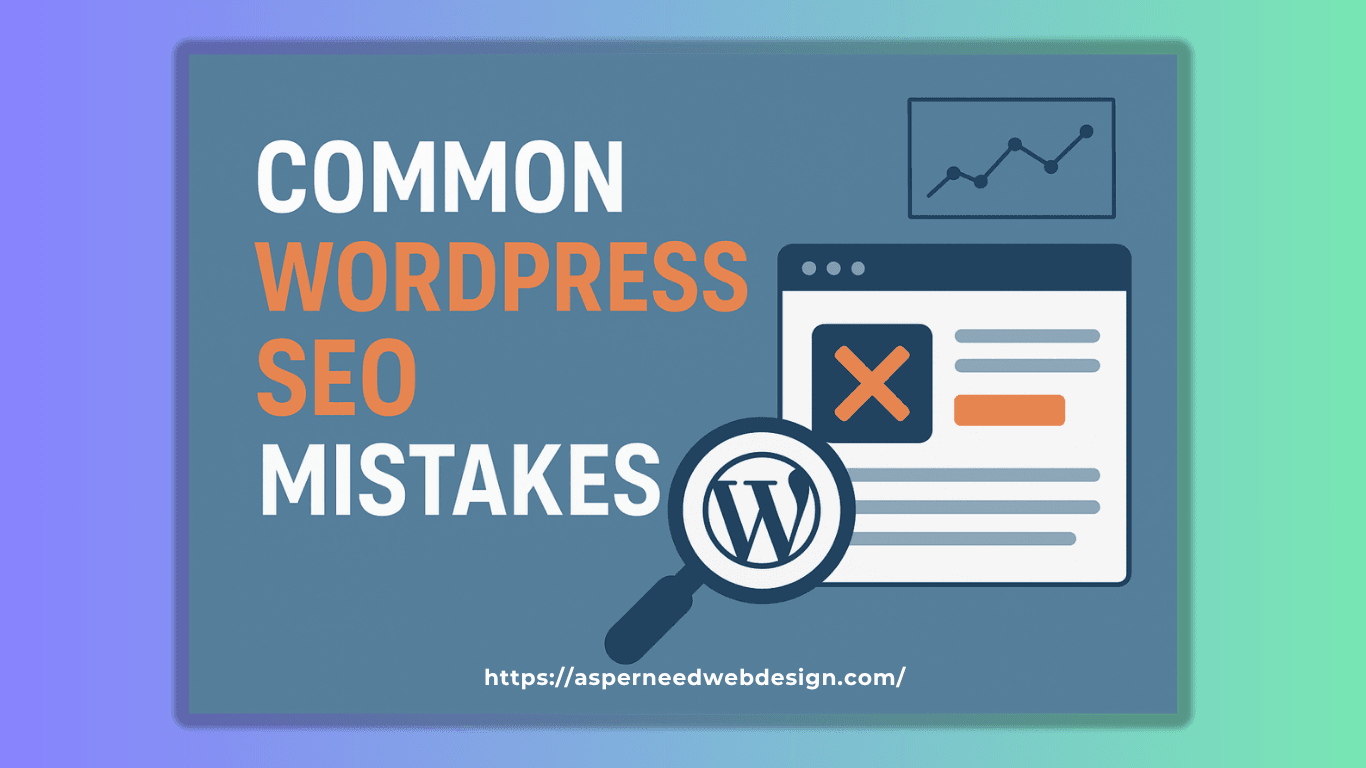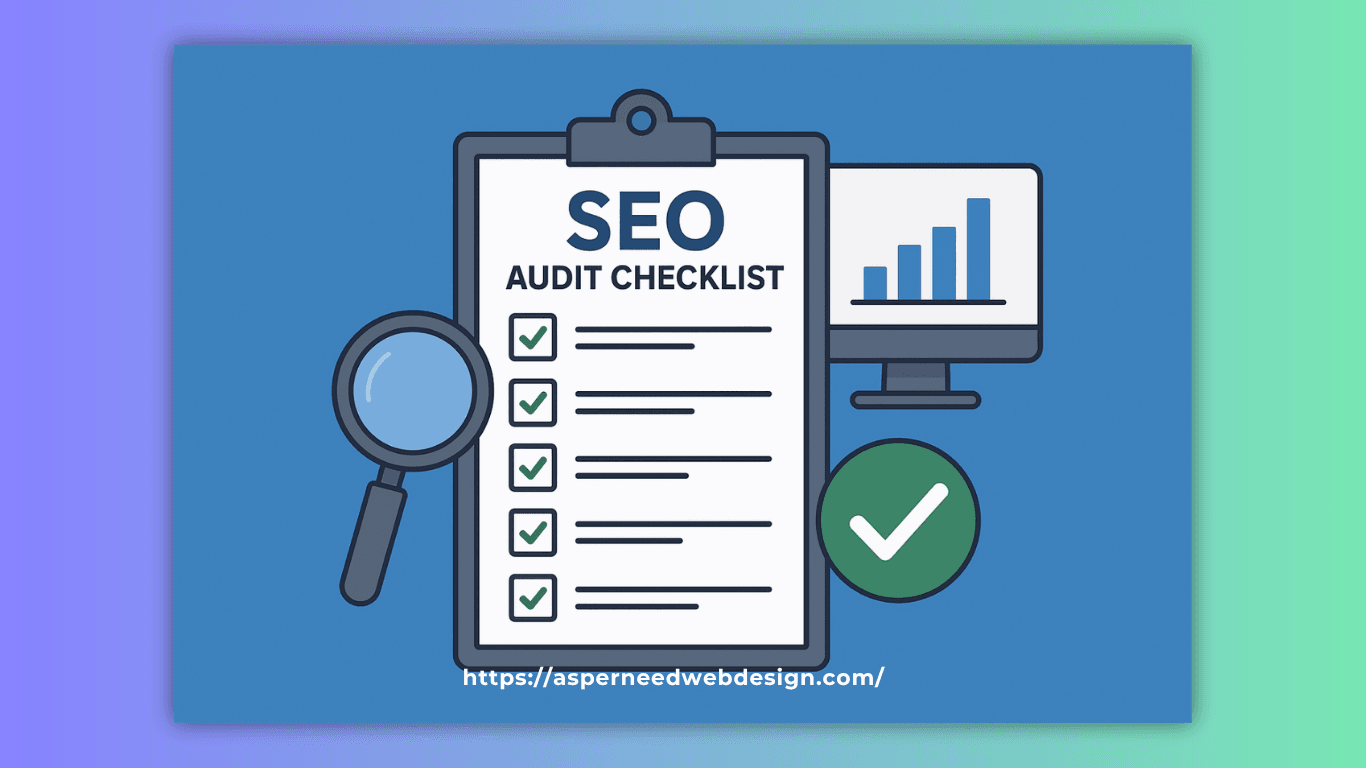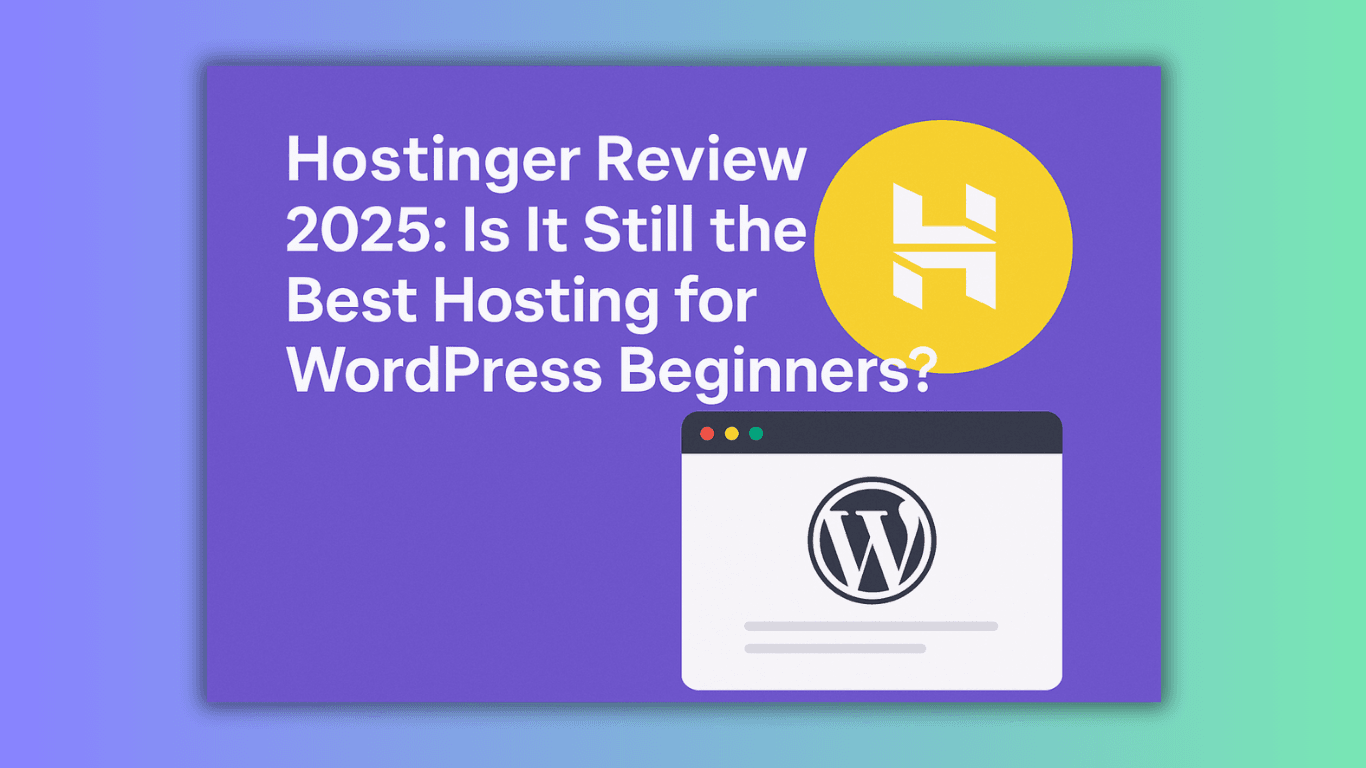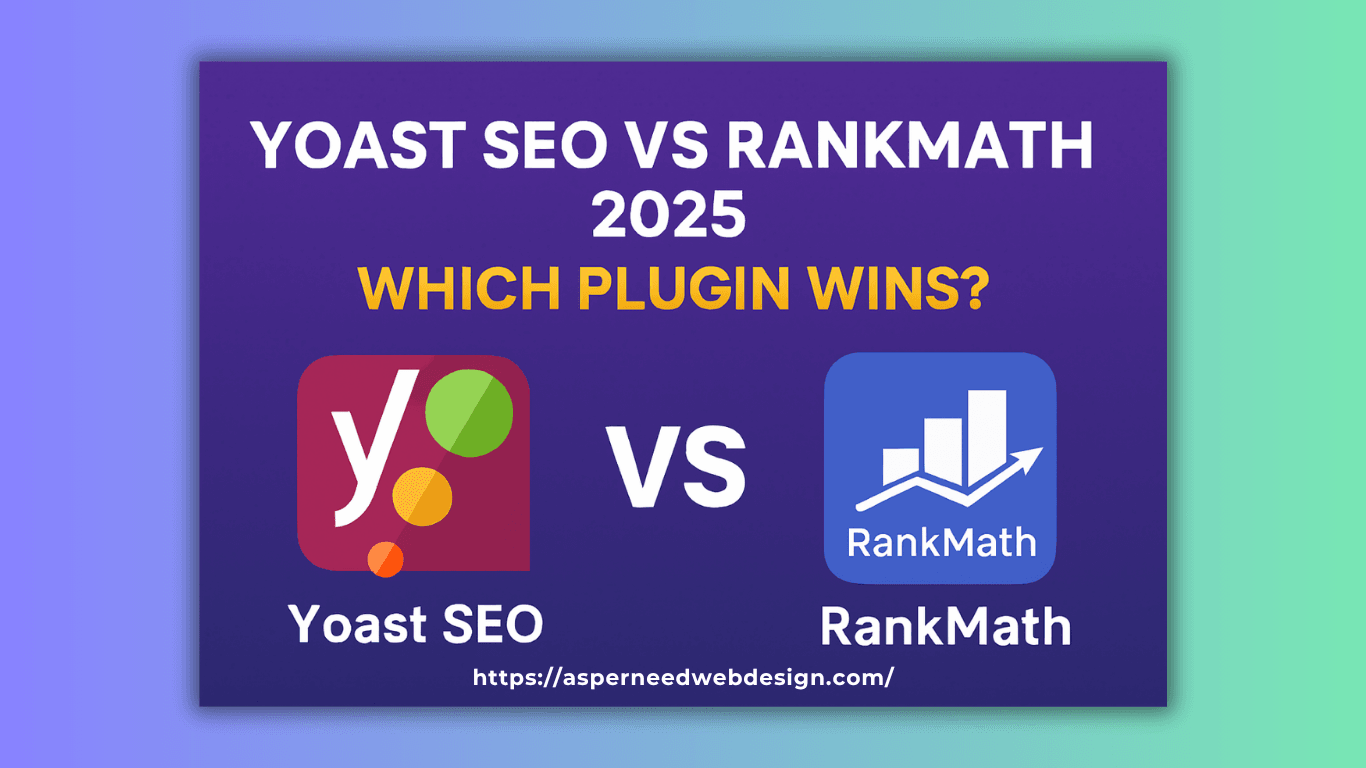If you’ve ever wondered why some websites effortlessly climb to the top of search results while others struggle to gain visibility, the secret often lies in choosing the right keywords for SEO. Keywords are the essential elements of any digital marketing strategy. They connect what people are searching for with the content you create. Without them, even the most well-written content risks being invisible.
Keyword research has advanced beyond word matching in 2025. Search engines are smarter, prioritizing user intent, relevance, and context over sheer keyword stuffing. This means businesses and content creators must understand not only how to choose keywords for SEO, but also how to apply them strategically to stay competitive.
The good news? Whether you’re a beginner looking to understand the basics or a marketer aiming to refine your strategy, this guide will walk you through 10 proven ways to choose keywords for SEO success. From understanding search intent to leveraging powerful tools like Google Keyword Plannerarn actionable steps that help you attract the right audience and achieve sustainable growth.
By the end of this article, you’ll have a clear framework for keyword research, a toolkit of resources, and a step-by-step plan to put your SEO efforts on the fast track. Ready to transform your content visibility? Let’s dive in.
Table of Contents
How to Choose Keywords for SEO
Why Keywords Still Matter in 2025
Despite the rise of artificial intelligence, voice search, and semantic search, keywords remain the cornerstone of SEO. Think of them as the bridges between your audience’s needs and your content. When users type or speak queries into Google, they’re essentially handing you their intentions on a silver platter. Your job is to decode those intentions and align them with the right keywords.
In 2025, Google’s algorithms prioritize context over raw keyword repetition. This means it’s not about stuffing the same phrase into your content dozens of times. Instead, it’s about strategically placing relevant keywords in your titles, meta descriptions, headings, and body copy. More importantly, it’s about making sure your content genuinely satisfies what the searcher is looking for.
Consider an example: if someone searches for “best running shoes for flat feet”, they’re not just looking for generic shoe recommendations. They want tailored advice. By targeting this long-tail keyword, you not only reduce competition but also capture a highly motivated audience that’s closer to making a purchase. That’s the impact of selecting the right keywords.
Understanding Search Intent
When it comes to keyword selection, search intent is everything. Search engines today are incredibly adept at interpreting what users really mean, even if their query isn’t perfectly worded. As a content creator or business owner, your success hinges on understanding the four main types of search intent:
- Informational Intent – Users are seeking knowledge.
- Example: “how does SEO work”
- Best Approach: Create detailed guides, blog posts, or how-to content.
- Example: “how does SEO work”
- Navigational Intent – Users want to find a specific site or brand.
- Example: “Ahrefs keyword tool login”
- Best Approach: Ensure your brand’s website is well-optimized and ranks for branded queries.
- Example: “Ahrefs keyword tool login”
- Commercial Investigation – Users are considering options before purchase.
- Example: “best email marketing software 2025”
- Best Approach: Create comparison articles, reviews, or listicles.
- Example: “best email marketing software 2025”
- Transactional Intent – Users are ready to take action (buy, subscribe, download).
- Example: “buy Nike Air Zoom Pegasus online”
- Best Approach: Optimize product pages, include CTAs, and offer clear purchasing paths.
- Example: “buy Nike Air Zoom Pegasus online”

By aligning your keywords with the right type of intent, you ensure that your content doesn’t just show up in search results—it resonates with the audience and compels them to engage.
The real magic happens when you combine keyword relevance, search volume, and intent into one cohesive strategy. For instance, targeting informational queries can bring awareness, while transactional keywords can directly generate revenue. In other words, your keyword strategy should map directly to your customer journey.
Conducting Keyword Research
Using Free Tools (Google Keyword Planner, Ubersuggest, etc.)
One of the most accessible ways to start keyword research is by leveraging free tools. These platforms provide valuable insights into how users search online without requiring an upfront investment.
- Google Keyword Planner – Built directly into Google Ads, this tool offers reliable data on search volume, keyword variations, and competition levels. Even though it’s designed for advertisers, SEO professionals can use it to spot keyword opportunities and trends.
- Ubersuggest – A user-friendly tool that provides keyword ideas, search volume, SEO difficulty, and content suggestions. Beginners love Ubersuggest because it combines ease of use with practical data.
- AnswerThePublic – A goldmine for discovering the actual questions users ask. This tool visualizes queries and long-tail phrases around a topic, making it easier to target conversational keywords.
Free tools are perfect for small businesses, bloggers, and beginners. They help you uncover quick wins and test strategies before moving on to advanced platforms.
click here for more free SEO analysis Tools- https://asperneedwebdesign.com/7-best-free-seo-analysis-tools-in-2025/
Paid Tools for Deeper Insights (SEMrush, Ahrefs, etc.)
As your SEO strategy matures, investing in paid keyword research tools becomes essential. These platforms provide in-depth data that free tools simply can’t match.
- SEMrush – Known for its all-in-one SEO toolkit, SEMrush lets you analyze competitors’ keywords, track rankings, and identify content gaps. It’s ideal for building a data-driven strategy.
- Ahrefs – Famous for its massive backlink database, Ahrefs also excels at keyword research. It provides keyword difficulty scores, traffic estimates, and even click metrics, so you know whether a keyword is worth targeting.
- Moz Keyword Explorer – A trusted platform that balances usability with reliable keyword metrics. Moz’s “Priority Score” combines volume, difficulty, and organic CTR into one clear rating.
Paid tools don’t just give you keywords; they give you competitive intelligence. By analyzing what your competitors rank for, you can uncover gaps in their strategy and position your content to win.
In short, free tools are great for discovering keyword opportunities, while paid tools provide the precision and depth needed to dominate competitive markets. Successful SEO often blends both.
What Are Some Effective Tools for Keyword Research?
Choosing the right tools can make or break your keyword research process. With dozens of platforms on the market, it’s important to understand which ones deliver real value. Some are simple, free-to-use tools for beginners, while others are advanced platforms designed for professional marketers. Here are some of the most effective tools for keyword research in 2025.
Free Tools for Beginners
Free keyword research tools are perfect for those just starting out. They give you a basic understanding of what people are searching for and how competitive those terms are.
- Google Keyword Planner – Still the most reliable source of keyword data, since it comes directly from Google. It allows you to explore keyword volumes, seasonal trends, and competition levels.
- Ubersuggest – A beginner-friendly tool that generates keyword ideas and provides basic SEO metrics like search volume and difficulty. It also suggests related content topics.
- AnswerThePublic – Great for brainstorming. It scrapes Google’s autocomplete suggestions and turns them into a visual map of questions, comparisons, and prepositions.
- Keyword Surfer – A Chrome extension that integrates with Google search, showing estimated search volumes directly on the results page.
These tools are free, but they can provide surprising insights into what your target audience is searching for. They’re especially useful for bloggers, small businesses, and startups with limited budgets.
Advanced Tools for Professionals
For businesses and SEO professionals, investing in advanced keyword research tools is often worth it. These platforms provide not just keyword data, but also competitor insights, SERP analysis, and advanced filtering options.
- SEMrush – A comprehensive SEO suite that includes keyword research, competitor tracking, site audits, and content gap analysis. It’s widely used by agencies and enterprises.
- Ahrefs – Known for its backlink analysis, Ahrefs also offers one of the most powerful keyword research features. It provides accurate difficulty scores, traffic potential, and even “clicks per search” metrics.
- Moz Keyword Explorer – A reliable tool known for its user-friendly interface and accurate keyword insights. Its unique ‘Priority Score’ brings together search volume, ranking difficulty, and organic CTR into a single, easy-to-understand metric.
- SpyFu – Focused on competitive intelligence, SpyFu allows you to see exactly which keywords your competitors are targeting, both organically and through paid ads.
While these tools come at a cost, they offer a deeper layer of analysis that can save you months of trial and error. For brands in competitive industries, they’re an investment that pays off through better keyword targeting and faster results.
In short, the best tool for you depends on your budget, experience level, and goals. Beginners may find free tools sufficient, but professionals and businesses that want to dominate the SERPs will benefit from premium solutions.
What Factors Should I Consider When Choosing a Tool for Keyword Research?
With so many keyword research tools available today, it’s easy to feel overwhelmed. Not every tool suits every business, and choosing the wrong one can waste both time and money. Before committing to a platform, you should evaluate it against specific factors that ensure it aligns with your SEO strategy and business goals.
Cost vs Features
One of the first things to consider is the cost-to-value ratio. Free tools like Google Keyword Planner or AnswerThePublic can provide a solid starting point, but their features are often limited compared to paid platforms.
- If you’re a beginner or small business, free tools may be all you need initially. They provide keyword suggestions, search volume estimates, and seasonal trends—enough to get started.
- If you’re managing multiple websites, clients, or large-scale campaigns, paid tools such as SEMrush or Ahrefs are often worth the investment. Their features—like keyword difficulty scoring, competitor insights, and traffic potential—allow for more strategic decisions.
Ultimately, the best choice balances your budget with the level of depth you actually need. Spending $100+ per month on a tool makes sense if it helps you generate thousands of dollars in organic traffic.
Accuracy, Usability, and Integration
Not all keyword tools are created equal. Some shine in data accuracy, while others excel at user experience or integration with other marketing platforms.
- Accuracy of Data
- Google Keyword Planner is considered highly accurate because it sources data straight from Google.
- Other tools rely on sampling or estimates, which may vary in precision. Always cross-check metrics when possible.
- Google Keyword Planner is considered highly accurate because it sources data straight from Google.
- Ease of Use
- Tools like Ubersuggest or Moz Keyword Explorer are intuitive and beginner-friendly, making them great for marketers without a technical background.
- More advanced tools like Ahrefs offer deeper insights, but the learning curve can be steeper.
- Tools like Ubersuggest or Moz Keyword Explorer are intuitive and beginner-friendly, making them great for marketers without a technical background.
- Integration Capabilities
- Some platforms integrate seamlessly with Google Analytics, Google Search Console, or WordPress, streamlining workflow.
- Others, like SEMrush, offer an all-in-one suite (SEO, content, ads, social media) which saves time for agencies managing multiple campaigns.
- Some platforms integrate seamlessly with Google Analytics, Google Search Console, or WordPress, streamlining workflow.
When choosing a keyword research tool, you need to think beyond just the numbers. A great tool should fit naturally into your workflow, provide data you can trust, and scale with your needs as your business grows.
In summary, consider the cost, accuracy, usability, and integration potential before settling on a keyword research tool. The right decision here can dramatically improve your SEO performance and help you focus on the keywords that truly matter.
How to Use Google Keyword Planner?
Google Keyword Planner (GKP) is one of the most widely used tools in SEO—and for good reason. It’s free, reliable, and backed by Google’s own data. While it was originally created for advertisers running Google Ads campaigns, SEO professionals use it extensively for keyword research. If you know how to navigate it properly, GKP can become a powerful tool to identify keyword opportunities, analyze competition, and forecast traffic potential.
Setting Up and Navigating the Tool
To start using Google Keyword Planner, you’ll need a Google Ads account. Don’t worry—you don’t have to run paid campaigns; you just need the account to access the tool. Once inside, you’ll find two primary options:
- Discover New Keywords – This feature helps you generate new keyword ideas based on a seed keyword, URL, or category. For example, if you enter “digital marketing,” GKP will return hundreds of related keyword suggestions with search volume ranges and competition data.
- Get Search Volume and Forecasts – This option allows you to enter a list of keywords and get detailed statistics on their monthly search volumes, trends, and performance forecasts. It’s especially useful for comparing multiple keywords side by side.
The interface is straightforward, but the real magic lies in how you interpret and filter the results.
Extracting Actionable Keyword Data
Once you’ve generated a keyword list, the next step is to filter and analyze the data. Here are some tips:
- Look at Average Monthly Searches – This gives you an idea of how popular a keyword is. However, don’t always go for the highest numbers—these often come with high competition.
- Check Competition Level – Keywords are labeled as Low, Medium, or High competition. For SEO, low-to-medium competition keywords often represent the best opportunities, especially for smaller websites.
- Use Location and Language Filters – You can customize keyword research by targeting specific countries, regions, or even cities. This is crucial if you’re doing local SEO.
- Identify Long-tail Variations – Exploring deeper can help you discover long-tail keywords, which are longer and more specific phrases. While they tend to have lower search volume, they often deliver higher conversion rates by targeting exact user intent.
For example, instead of targeting “shoes,” which is extremely broad, you might go after “best running shoes for flat feet.” While fewer people search for it, those who do are highly motivated to buy.
Another tip is to combine Keyword Planner with Google Trends. This helps you track keyword interest trends over time, making it easier to spot seasonal patterns or rising topics
Why Google Keyword Planner Still Matters
Even in 2025, when dozens of advanced keyword tools exist, Google Keyword Planner remains indispensable because it provides direct insights from Google’s database. While it doesn’t give exact search volumes (only ranges for non-advertisers), it’s still one of the best starting points for any keyword research journey.
By using GKP strategically—filtering, analyzing, and pairing it with other tools—you can uncover high-value keywords that align with your audience’s search intent and give your content the visibility it deserves.
Analyzing Keyword Metrics
Choosing the right keywords isn’t just about brainstorming ideas—it’s about analyzing the data that determines whether a keyword is truly worth targeting. Metrics help you separate the gold from the sand, ensuring that your SEO strategy focuses on terms with the highest return on investment. Let’s break down the most important keyword metrics to evaluate.
Search Volume and Competition Balance
Search volume indicates the number of times a keyword is searched in a month. At first glance, it might seem like the higher the number, the better—but that’s not always the case.
- High Search Volume keywords (like “SEO tools”) may drive more traffic, but they’re also extremely competitive. Ranking for these terms is challenging unless you have a well-established website with strong domain authority.
- Low Search Volume keywords may seem less attractive, but they often represent niche audiences. For example, “best SEO tool for small business owners in 2025” might get fewer searches, but those searches are highly targeted and more likely to convert.
The sweet spot is often in the middle—keywords with moderate search volume but manageable competition. This balance ensures you’re attracting meaningful traffic without exhausting your resources fighting against industry giants.
Keyword Difficulty and CTR Opportunities
Another crucial metric is Keyword Difficulty (KD). This measures the level of difficulty in achieving a high ranking for a keyword, typically based on factors like domain authority and the backlinks of current top-ranking pages. Tools like Ahrefs and SEMrush provide KD scores on a scale, where lower scores indicate easier opportunities.
- Low KD (0–30): Easier to rank, ideal for new websites.
- Medium KD (31–60): Moderate competition, requires solid on-page SEO and quality backlinks.
- High KD (61–100): Very competitive, usually dominated by big brands and authoritative sites.
But KD isn’t the only thing to consider. You should also look at Click-Through Rate (CTR) potential. Some keywords generate high impressions but very few clicks because the search results are dominated by Google features like ads, featured snippets, or knowledge panels. For example, if you target “weather today”, most people won’t click through since the answer is displayed directly in Google.
By combining KD and CTR analysis, you can pinpoint keywords that not only bring traffic but also encourage users to engage with your site.
Other Metrics to Watch
- Cost Per Click (CPC) – While primarily an advertising metric, CPC can also hint at the commercial value of a keyword. High CPC usually means businesses are willing to pay for clicks, indicating strong buyer intent.
- Trends Over Time – Use Google Trends to see if a keyword’s popularity is rising or falling. A keyword with declining interest may not be worth pursuing long-term.
- SERP Analysis – Look at the types of pages already ranking for a keyword. Are they blog posts, product pages, or videos? This gives you a clue about what Google believes best matches the query’s intent.
In short, successful keyword research isn’t about chasing big numbers. It’s about interpreting keyword metrics strategically, so you can target terms that deliver consistent, qualified traffic with realistic chances of ranking.
Choosing the Right Types of Keywords
Not all keywords are created equal. Some bring lots of traffic but little conversion, while others may attract fewer visitors but drive highly qualified leads. To build an effective SEO strategy, you must understand the different types of keywords and when to use them.
Short-tail vs Long-tail Keywords
Short-tail keywords are usually one to two words long (e.g., “SEO tools” or “digital marketing”). They’re broad, competitive, and often have high search volumes. While they can drive massive traffic, they’re not always the best choice for smaller websites.
- Pros: High traffic potential, broad audience reach.
- Cons: Extremely competitive, vague user intent, lower conversion rates.
Long-tail keywords, on the other hand, are more specific phrases, typically three or more words long (e.g., “best SEO tools for small businesses 2025”). They may have lower search volumes, but they tend to capture highly motivated users who are closer to making a decision.
- Pros: Less competition, clearer intent, higher conversion rates.
- Cons: Lower traffic volume, requires creating more content to capture multiple variations.
A balanced SEO strategy usually involves targeting a mix of both. Short-tail keywords help build visibility and authority, while long-tail keywords attract the audiences most likely to engage or convert.
LSI & Semantic Keywords for Context
In the past, SEO was all about repeating exact-match keywords. Today, search engines use sophisticated algorithms like Google’s RankBrain and BERT to understand the meaning behind queries. This shift makes Latent Semantic Indexing (LSI) keywords and semantic variations incredibly important.
- LSI Keywords are terms closely related to your primary keyword. For example, if your main keyword is “content marketing”, LSI keywords might include “blog promotion”, “inbound marketing”, and “audience engagement”.
- Semantic Keywords capture the context and intent of a search. For example, the query “how to improve website ranking” might trigger results for “SEO strategies” or “boost Google rankings”.
Incorporating these related terms helps Google understand your content more comprehensively. Instead of focusing on keyword density, you’re signaling topic authority, which boosts rankings for a wider range of queries.
Why Keyword Variety Matters
If you rely only on short-tail or long-tail keywords, your SEO growth may stall. By blending different keyword types, you can:
- Capture all stages of the buyer’s journey (awareness, consideration, decision).
- Expand your reach across multiple search intents.
- Future-proof your SEO against algorithm updates that prioritize relevance and context over repetition.
For instance, a single article on “how to choose keywords for SEO” could rank for dozens of variations, from long-tail questions to LSI terms. This holistic approach makes your content more valuable not just to search engines, but to readers too.
In short, success lies in creating a keyword portfolio—a mix of short-tail, long-tail, and semantic terms that work together to maximize visibility and conversions.
Building a Keyword Strategy for SEO Success
Having a list of keywords is one thing; knowing how to use them strategically is another. A solid keyword strategy ensures that your research translates into real-world SEO results—better rankings, more traffic, and higher conversions. Here’s how to put it all together.
Mapping Keywords to Content & Pages
Not every keyword belongs on every page. One of the most common SEO mistakes is trying to target multiple unrelated keywords on the same piece of content. Instead, you should map keywords to specific pages based on intent and relevance.
- Homepage & Core Pages
- Best for short-tail, high-volume keywords that describe your main offering.
- Example: A digital marketing agency might target “digital marketing services” on its homepage.
- Best for short-tail, high-volume keywords that describe your main offering.
- Blog Posts & Guides
- Ideal for long-tail, informational keywords.
- Example: A blog article could target “how to choose keywords for SEO” or “best SEO tools for beginners.”
- Ideal for long-tail, informational keywords.
- Product & Service Pages
- Perfect for transactional or commercial keywords.
- Example: An e-commerce product page might target “buy wireless noise-canceling headphones online.”
- Perfect for transactional or commercial keywords.
This structured approach prevents keyword cannibalization (multiple pages competing for the same keyword) and ensures each page has a clear SEO focus.
Tracking Performance and Refining Over Time
SEO is not a one-and-done activity. Even after you’ve mapped your keywords and published content, ongoing tracking and refinement are essential.
- Monitor Rankings – Use tools like Ahrefs, SEMrush, or Google Search Console to track how your pages rank over time.
- Analyze Traffic & Engagement – Look at bounce rates, time on page, and conversions. If people aren’t engaging, your content may not be matching their intent.
- Update Content Regularly – Search trends evolve. A keyword that was popular in 2023 may lose relevance by 2025. Refresh content with updated keywords, statistics, and examples.
- Expand Keyword Opportunities – As your site grows in authority, you can start targeting more competitive keywords. Begin with easier wins, then gradually move up the ladder.
Another key part of refinement is listening to your audience. Check site search queries, customer emails, or social media comments to identify the real words people use. Often, these insights reveal untapped keyword opportunities that no tool can show.
Why a Strategy Beats Random Efforts
Without a strategy, keyword research is just a list of words. But with a structured approach—mapping, tracking, refining—you create a system that aligns content with business goals. This not only improves SEO but also enhances user experience, since visitors find exactly what they’re looking for.
In short, building a keyword strategy is about connecting the dots: matching the right keywords to the right pages, monitoring their performance, and continually optimizing for long-term success.
FAQs
What is the best free keyword research tool?
The best free keyword research tool is Google Keyword Planner, since it uses Google’s own data. However, tools like AnswerThePublic and Ubersuggest are also excellent for beginners who want additional keyword ideas and insights.
How many keywords should I target per page?
A good rule of thumb is to target one primary keyword and a handful of secondary or related keywords per page. This ensures focus while also helping your content rank for multiple variations.
Should I focus on long-tail or short-tail keywords?
Both have value. Short-tail keywords build brand visibility but are competitive, while long-tail keywords drive targeted, high-converting traffic. Ideally, you should use a mix of both.
How often should I update my keyword strategy?
At least every 6–12 months. Search behavior and trends change, so updating your strategy ensures you’re not missing out on new opportunities or wasting efforts on outdated terms.
Can I do SEO without paid tools?
Yes, it’s possible to do SEO using free tools like Google Keyword Planner, Search Console, and Google Trends. However, paid tools like Ahrefs or SEMrush provide deeper insights, save time, and give you a competitive edge.
What’s the role of AI in keyword research?
AI tools are revolutionizing keyword research by analyzing massive datasets, predicting search intent, and generating keyword clusters faster than humans can. While AI doesn’t replace strategy, it makes research more efficient and accurate.
Conclusion
Mastering how to choose keywords for SEO is essential for online success in 2025. By focusing on search intent, balancing short-tail and long-tail keywords, and leveraging both free and paid tools, you can create a strategy that attracts the right audience and delivers measurable results. The goal isn’t just traffic—it’s targeted visibility that leads to engagement and conversions.
Keep in mind that SEO is an ongoing process, not a one-time event. Regularly refine your keyword list, track performance, and adapt to changing trends. With a smart, data-driven approach, you’ll stay ahead of competitors and build lasting search engine visibility.

